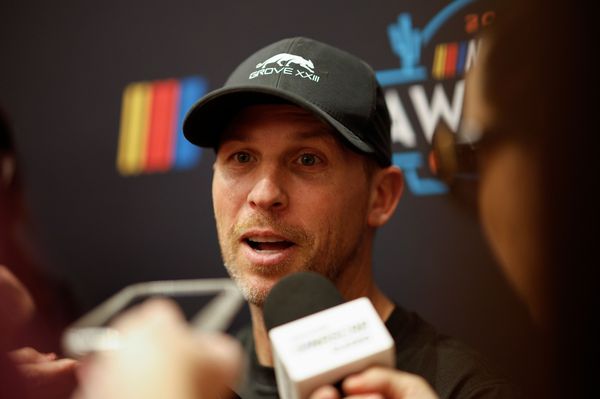
Many of us dream about spending our golden years enjoying our favorite hobby. Whether it’s golfing, traveling, collecting, or crafting, hobbies bring us joy and purpose. But what if your favorite hobby is quietly sabotaging your retirement plans? It’s easy to overlook the long-term costs when you’re caught up in the excitement. Yet, unchecked spending on hobbies can erode your savings and undermine your financial security. Before you dedicate more time and money to your passion, it’s worth examining how it might be affecting your retirement nest egg.
1. The Hidden Costs of Equipment and Supplies
Your favorite hobby often requires specialized gear, materials, or memberships. These expenses can add up faster than you realize. For example, golf clubs, green fees, and lessons can easily run into the thousands each year. Crafters might find themselves buying the latest tools, high-quality fabrics, or rare supplies. Even seemingly low-cost hobbies like gardening or photography can become expensive when you factor in upgrades and accessories.
Each purchase may seem minor on its own, but over time, these costs can eat into your retirement savings. If you’re not tracking these expenses, you may be surprised at how much you’re actually spending. It’s important to set a realistic budget for your hobby and stick to it, ensuring you don’t sacrifice your long-term financial health for short-term enjoyment.
2. Travel and Participation Fees Add Up
Many hobbies involve travel, competitions, or special events. Whether you’re attending conventions, tournaments, or workshops, the costs can be significant. Flights, hotels, entry fees, and meals quickly pile up. Even hobbies like hiking or birdwatching can require trips to distant parks or reserves.
These adventures are fun and memorable, but they can put a serious dent in your retirement fund. If you’re not careful, these costs can become recurring drains on your finances. Consider prioritizing events and seeking local alternatives to keep your spending in check. If you’re not budgeting for these trips, you may be underestimating the impact on your retirement savings.
3. Subscription and Membership Fees
Many hobbies come with ongoing costs in the form of subscriptions, memberships, or club dues. Whether it’s a gym membership, an online learning platform, or a collector’s club, these fees can sneak up on you. They’re easy to set and forget, but over months and years, they represent a steady outflow of money from your retirement account.
It’s worth reviewing these recurring expenses at least once a year. Ask yourself if you’re really getting value from each one. Cancel or pause memberships that no longer fit your interests or budget. Redirect those funds into your retirement savings to keep your financial goals on track.
4. Opportunity Costs: Money That Could Work Harder Elsewhere
Spending more on your favorite hobby means less money invested in your retirement. Every dollar you put toward a new gadget or trip is a dollar that could have been earning compound interest. While hobbies are important for well-being, it’s crucial to balance enjoyment now with security later.
Think about the long-term impact. If you’re spending $2,000 a year on your hobby, that’s money not growing in your retirement account. Over a decade or more, the difference can be substantial. Consider using a retirement calculator to see how redirecting even a portion of your hobby spending could boost your financial future. Sites like this retirement calculator can help you visualize the impact.
5. Lifestyle Creep: Letting Your Hobby Dictate Your Spending
As your income grows, it’s tempting to upgrade your hobby spending, too. Maybe you start with a basic bike and end up eyeing a top-of-the-line model. Or you move from local art classes to international workshops. This “lifestyle creep” can be subtle, but it’s one of the main reasons your favorite hobby might be draining your retirement.
Be honest with yourself about what you truly enjoy versus what you feel pressured to buy or do. Social media and peer groups can influence your spending habits more than you think. Set boundaries for your hobby budget and stick to them, even as your income or savings increase.
Finding Balance Between Passion and Planning
Your favorite hobby doesn’t have to be the enemy of your retirement. The key is to strike a balance between enjoying your passion and protecting your financial future. Start by tracking your hobby expenses for a few months. Use a simple spreadsheet or a free budgeting tool like Mint to see where your money goes. Set a monthly or yearly budget for your hobby, and treat it like any other important expense.
Remember, retirement should be about enjoying life on your terms—not worrying about money. By managing your hobby spending, you can make sure your favorite activities remain a source of joy, not stress. How have you balanced your hobby spending with your retirement goals? Share your thoughts in the comments below!
Read More
8 Safe Investments That Left Retirees Broke
6 Retiree Investments That Went Bust With Zero Warning
The post Why Your Favorite Hobby Might Be Draining Your Retirement appeared first on Clever Dude Personal Finance & Money.







